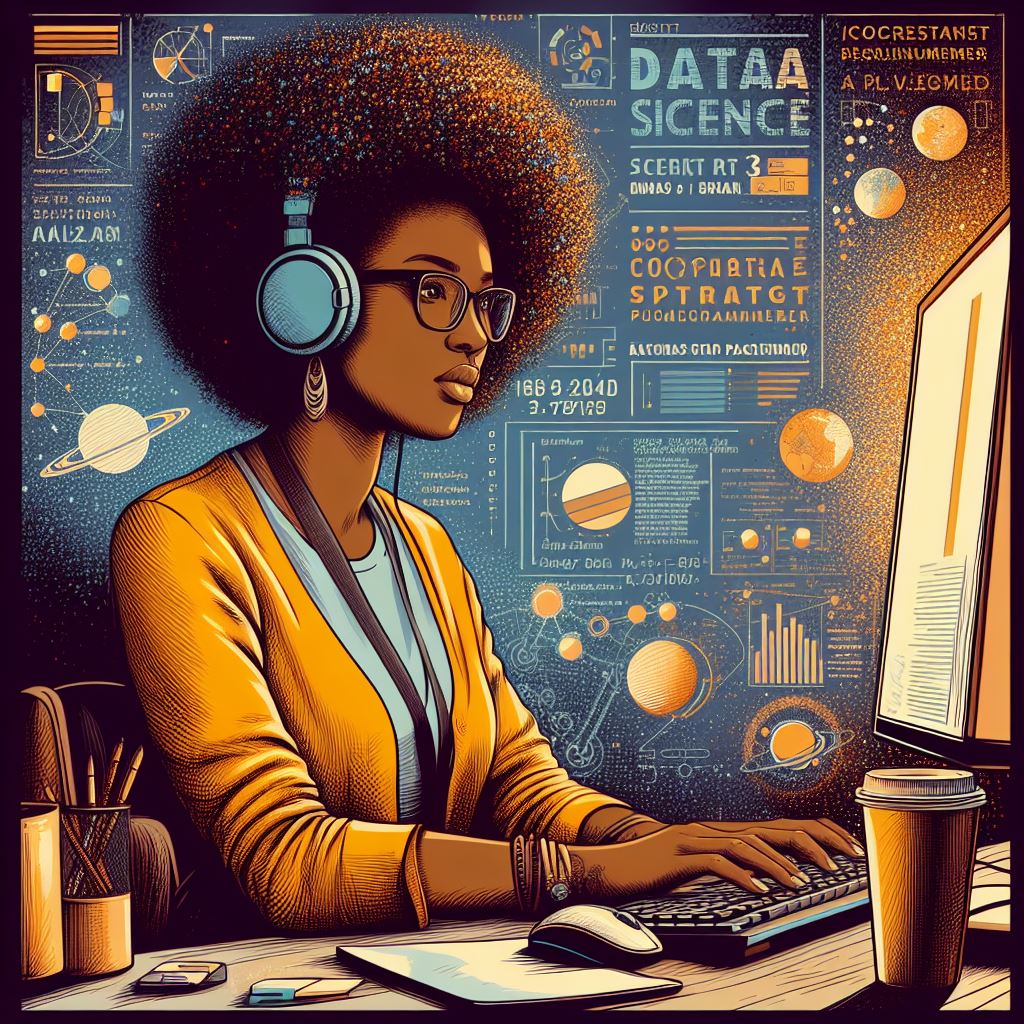In today’s data-driven world, the ability to analyze and interpret large volumes of data is more crucial than ever. Data science has emerged as the key discipline for turning raw data into meaningful insights, and data visualization plays a pivotal role in this transformation. Visualization tools allow data scientists to communicate complex findings clearly and effectively, helping decision-makers quickly grasp trends, patterns, and anomalies. This article explores the importance of data science visualization and how it enhances data analysis in various industries.
The Importance of Data Visualization in Data Science
Data visualization is a critical component of data science that facilitates the understanding of complex datasets. It involves presenting data in a visual format—charts, graphs, heatmaps, scatter plots, and more—which simplifies the interpretation process. While raw data in spreadsheets or databases may be overwhelming, visualizations make it easier for individuals to detect trends, identify outliers, and draw conclusions.
For example, in business, data visualizations can highlight key metrics like sales performance, customer behavior, or supply chain efficiency. These visual tools allow executives to make data-driven decisions quickly and with more confidence. In healthcare, data visualizations enable practitioners to spot disease trends or track patient progress, while in finance, visual representations of market trends can help analysts predict future movements.
Key Benefits of Data Visualization in Data Science
Improved Decision-Making: Visualization tools provide a clearer understanding of data, enabling better decision-making. By transforming raw data into an easily digestible visual format, stakeholders can interpret complex patterns at a glance.
Enhanced Data Storytelling: Data science is not just about numbers but about telling a story. Data visualizations can highlight trends over time, compare different data sets, and showcase correlations, turning data into a compelling narrative that drives action.
Efficient Communication: With visualizations, data scientists and analysts can present insights in a way that’s accessible to non-technical audiences. This is especially important for organizations where decision-makers may not be familiar with statistical analysis but need to understand the implications of the data.
Faster Insights: A well-designed data visualization allows for quicker identification of insights, making the process more efficient. Rather than poring over raw data, decision-makers can focus on the key takeaways that have the most significant impact on their business.
Data Exploration: Visualization tools allow data scientists to explore datasets in a dynamic and interactive manner. With tools like Tableau, Power BI, and Python libraries such as Matplotlib or Seaborn, users can zoom in on specific areas of the data to uncover hidden insights that might otherwise be overlooked.
Popular Data Visualization Tools in Data Science
The tools used in data visualization range from simple chart libraries to sophisticated business intelligence platforms. Some of the most popular tools for data visualization in data science include:
Matplotlib and Seaborn: These Python libraries offer a wide range of static, animated, and interactive visualizations. They are particularly useful for exploring data patterns, relationships, and trends.
Tableau: A powerful business intelligence tool that allows users to create interactive dashboards and visualizations with ease.
Power BI: Developed by Microsoft, Power BI is a user-friendly business analytics tool that provides visualizations, data sharing, and collaboration capabilities.
D3.js: A JavaScript library that enables developers to create interactive and customizable web-based data visualizations.
How Data Visualization Enhances Business Performance
Data science visualization is not limited to just showcasing data; it has real-world applications that can improve business performance. For instance, retailers use customer purchase data visualized in heatmaps to identify which products are popular in specific regions, leading to more targeted marketing campaigns. In finance, market trends visualized over time can provide investors with clear indicators of when to buy or sell assets.
Furthermore, businesses can leverage predictive analytics to visualize forecasted data, aiding in resource allocation and strategic planning. For example, visualizing supply chain bottlenecks can help companies optimize their inventory systems, ultimately leading to cost savings and better customer satisfaction.
Conclusion
Data visualization is an indispensable part of data science, transforming complex data sets into actionable insights. Whether for business intelligence, healthcare, or finance, visualizations empower organizations to make informed decisions quickly and effectively. As the amount of data grows exponentially, the importance of mastering data visualization techniques becomes even more critical for organizations looking to stay competitive in today’s data-driven landscape.
5
